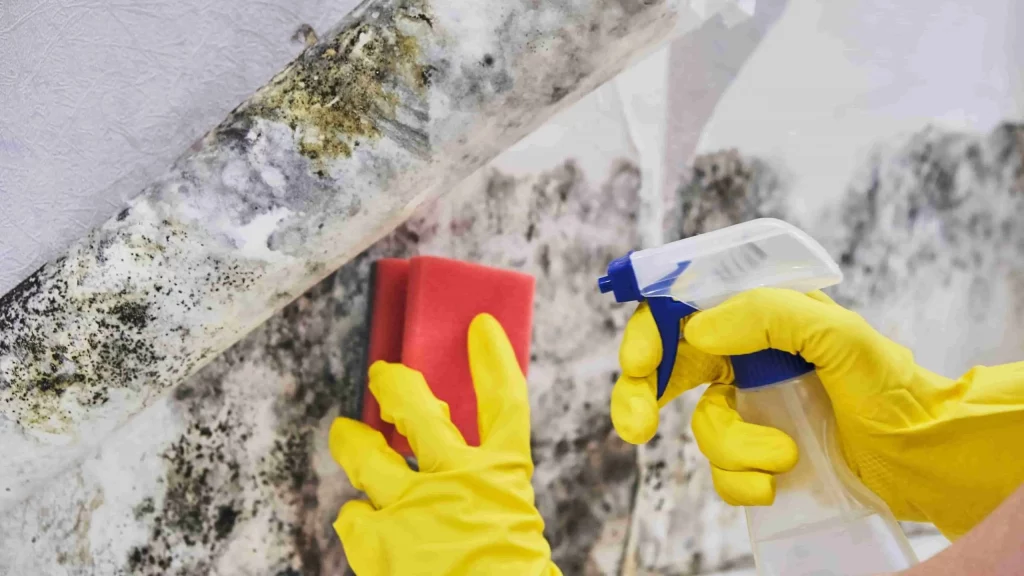The Ultimate Guide to House Mold Removal: How to Safely and Effectively Get Rid of Mold in Your Home
Mold is a common problem that many homeowners face. Not only is mold unsightly, but it can also be harmful to your health, especially if left untreated. In this article, we will discuss house mold removal and how to safely and effectively get rid of mold in your home.
What is Mold?
Mold is a type of fungus that grows in warm, damp, and humid environments. Mold can grow on a variety of surfaces, including wood, drywall, and carpeting. Mold spores are airborne and can be inhaled, leading to health problems such as respiratory issues and allergies.
Common Causes of Mold in Homes
There are many reasons why mold can develop in homes. Some of the most common causes of mold include:

- Moisture: Moisture is one of the main causes of mold growth in homes. Leaky pipes, water damage, and high humidity can all create the damp conditions that mold needs to grow.
- Poor ventilation: Poor ventilation can trap moisture in your home and create the ideal conditions for mold growth. This is particularly common in bathrooms, kitchens, and basements.
- Floods: Flooding can cause significant water damage to your home and create the perfect conditions for mold growth.
- Condensation: Condensation can form on windows, walls, and ceilings when warm air meets a cold surface. This can create the moist conditions that mold needs to grow.
House Mold Removal: DIY vs. Professional
If you have mold in your home, you may be wondering whether to attempt house mold removal yourself or to hire a professional. While it is possible to remove small areas of mold yourself, it is generally recommended that you hire a professional for larger areas of mold or if you have health issues that could be exacerbated by exposure to mold.
DIY Mold Removal
If you decide to attempt house mold removal yourself, there are several steps you can take to safely and effectively remove mold:
- Identify the source of the moisture: Before you can successfully remove mold, you must first identify and address the source of the moisture that is causing it to grow.
- Wear protective gear: When removing mold, it is important to wear protective gear such as gloves, a mask, and goggles to protect yourself from mold spores.
- Contain the area: To prevent the spread of mold spores to other areas of your home, it is important to contain the area where the mold is growing. This can be done by closing doors and windows and covering air vents.
- Clean the area: Once you have contained the area, you can begin cleaning the mold. Use a solution of bleach and water to clean the affected area and be sure to dispose of any materials that cannot be cleaned, such as carpeting.
Professional Mold Removal
If you have a large area of mold in your home or if you have health issues that could be exacerbated by exposure to mold, it is recommended that you hire a professional mold removal company. A professional mold removal company will have the necessary equipment and expertise to safely and effectively remove mold from your home.
Steps for Professional Mold Removal
The steps for professional mold removal may vary depending on the extent of the mold growth and the type of mold present. However, some common steps for professional mold removal include:
- Containment: Professional mold removal companies will use specialized equipment to contain the area where the mold is growing to prevent the spread of mold spores to other areas of your home.
- Air filtration: Professional mold removal companies will use specialized air filtration equipment to remove mold spores from the air.
- Removal of affected materials: In some cases, affected materials such as drywall or carpeting may need to be removed and replaced to completely remove the mold.
- Cleaning and disinfection: Once the affected materials have been removed
